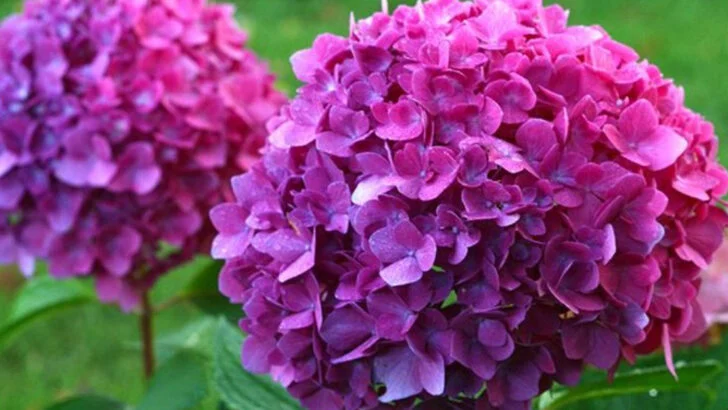If you’ve ever fallen in love with a flower, planted it in spring, and waited eagerly for it to return—only to be ghosted the next season—you’re not alone. Many of us assume all flowers will bloom again, but the truth is not all flowers are perennials. Some only give you a single season of beauty, while others quietly return every year without much fuss.
Knowing which flowers are reliable returners and which are just one-season wonders can save you time, money, and heartbreak. Whether you’re working with a small balcony, a sunny yard, or a container garden, choosing low-maintenance perennials can make gardening easier and more rewarding. Meanwhile, understanding which blooms won’t come back can help you plan more strategically.
Below, you’ll find 11 stunning flowers that will reward you year after year, and 5 popular picks that sadly won’t—no matter how much love you give them.
Peony

Peonies are the showstoppers of the garden. Known for their large, fragrant blooms, these perennials thrive in well-drained soil and full sun. Each spring, they emerge from the ground, promising a spectacular floral display. Though they require patience, as they take a few years to mature, their longevity is a gardener’s dream. The variety of colors, from soft pinks to vibrant reds, adds charm to any landscape. They symbolize prosperity and good fortune, making them a popular choice for celebrations and weddings.
Daylily
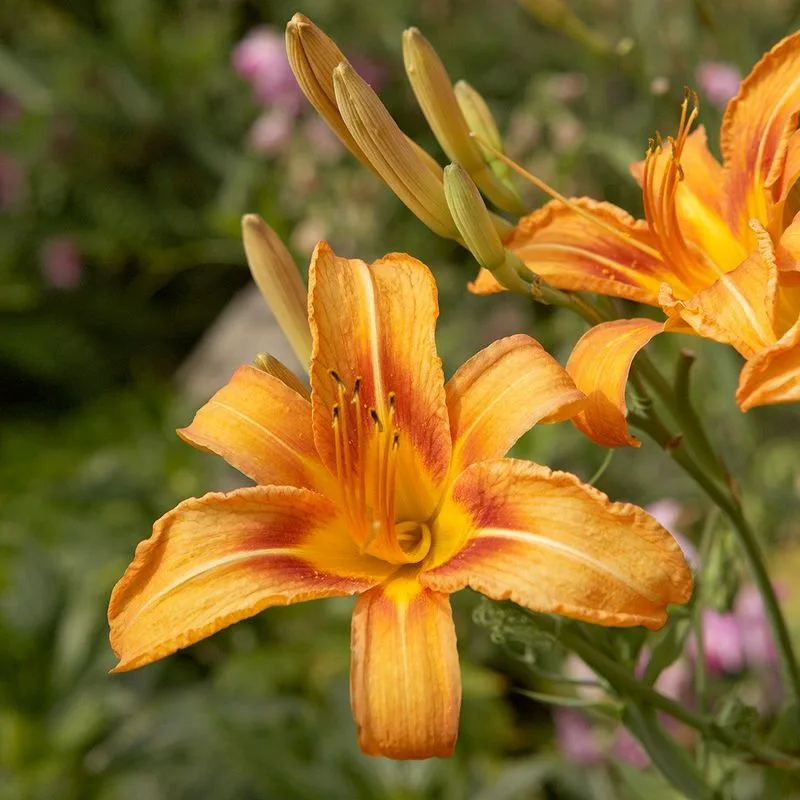
Daylilies are nature’s resilience personified. These hardy perennials can adapt to a range of conditions, from full sun to partial shade. Each bloom may last just a day, but the plant continuously produces flowers throughout the season. With minimal care, they will spread, creating a vibrant tapestry of colors. Ideal for beginners, daylilies are drought-tolerant and pest-resistant. Their robust nature means they can thrive in urban settings and rural gardens alike, offering cheerful blooms that attract pollinators.
Hosta
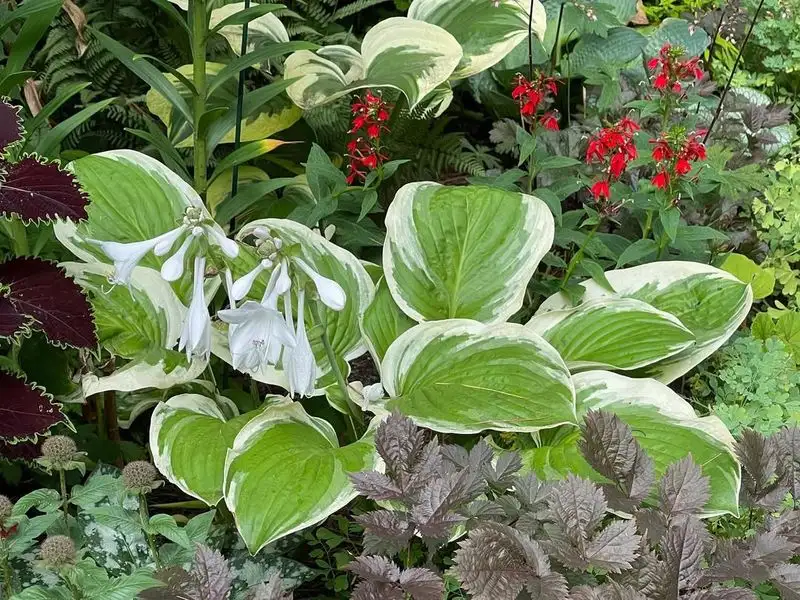
Hostas are the unsung heroes of the shade garden. Renowned for their foliage rather than their flowers, they come in an array of greens, blues, and variegated patterns. These perennials are low-maintenance and can thrive in the shadiest spots. Their leaves create a beautiful backdrop for other flowering plants and are often used to outline garden paths. Slugs and snails might be attracted to them, but the hosta’s resilient nature ensures it bounces back year after year.
Lavender
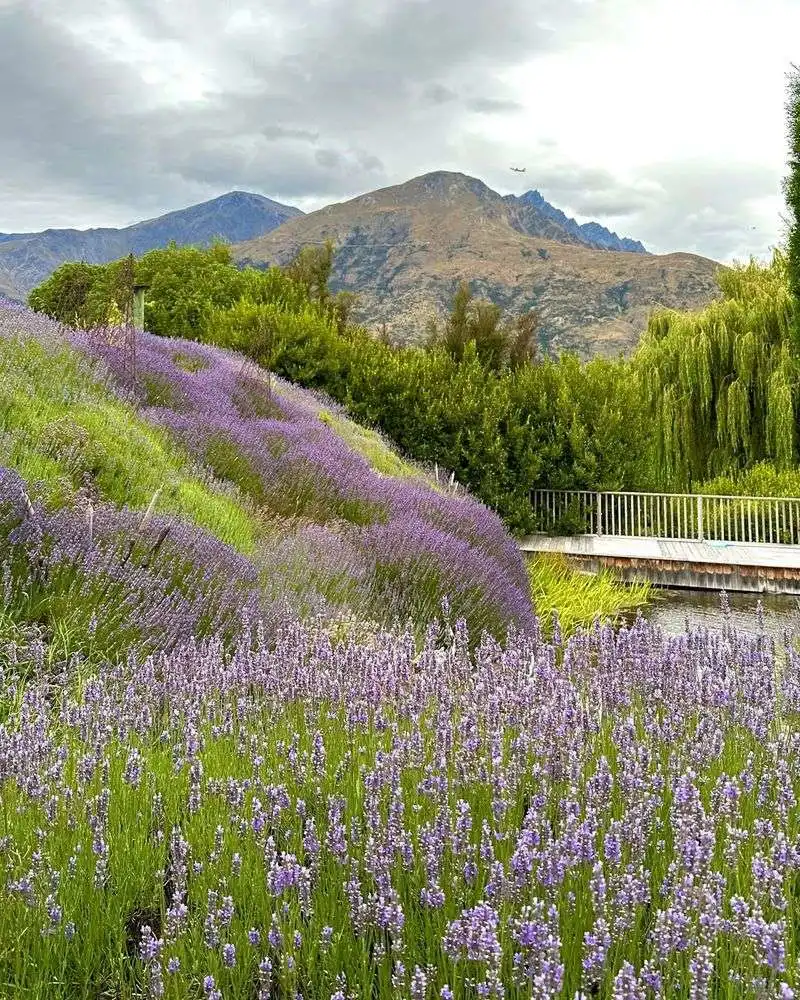
Lavender brings a touch of the Mediterranean to gardens across the globe. Its aromatic, silvery foliage and purple blooms are both soothing and visually striking. This perennial prefers full sun and well-drained soil, making it a favorite in herb gardens and borders. Besides its beauty, lavender is prized for its calming scent, often used in essential oils and sachets. Its ability to attract pollinators while deterring pests makes it a practical and pretty addition to any garden.
Black-eyed Susan
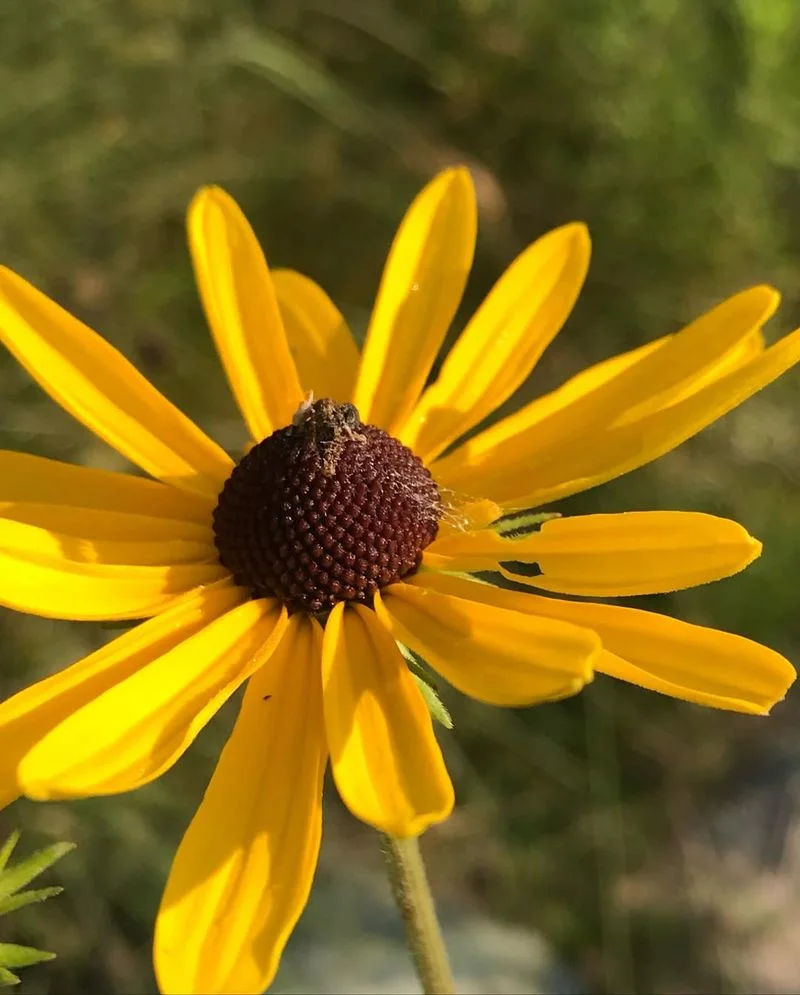
Bright and cheerful, black-eyed Susans are a staple in many perennial gardens. Their golden yellow petals surround a dark brown center, creating a striking contrast. They flourish in full sun and can tolerate poor soil conditions, making them easy to grow. These perennials are perfect for naturalized areas and borders, offering long-lasting blooms from summer to fall. Often associated with encouragement and motivation, they are beloved by pollinators, especially butterflies and bees, and add lively energy to garden spaces.
Bleeding Heart
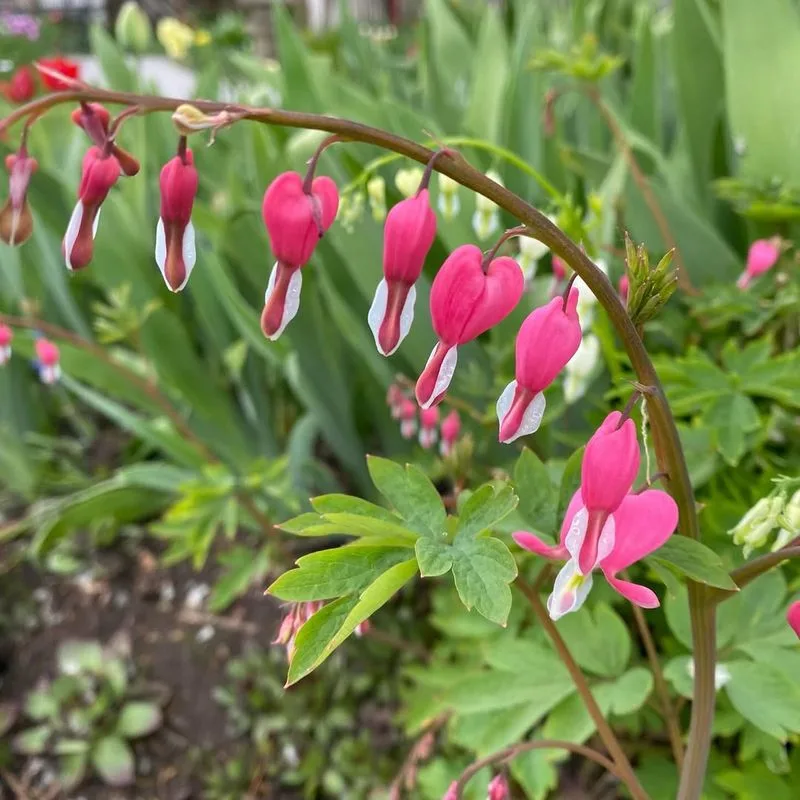
Bleeding hearts captivate with their heart-shaped, pendulous blooms. Emerging early in the spring, they prefer cool, shaded areas and well-drained soil. These perennials are perfect for woodland gardens and offer a romantic touch with their unique flower shape. After blooming, the foliage dies back, but the plant will return the following year. Symbolizing compassion and love, they add a touch of whimsy and nostalgia to any shaded garden corner.
Coneflower
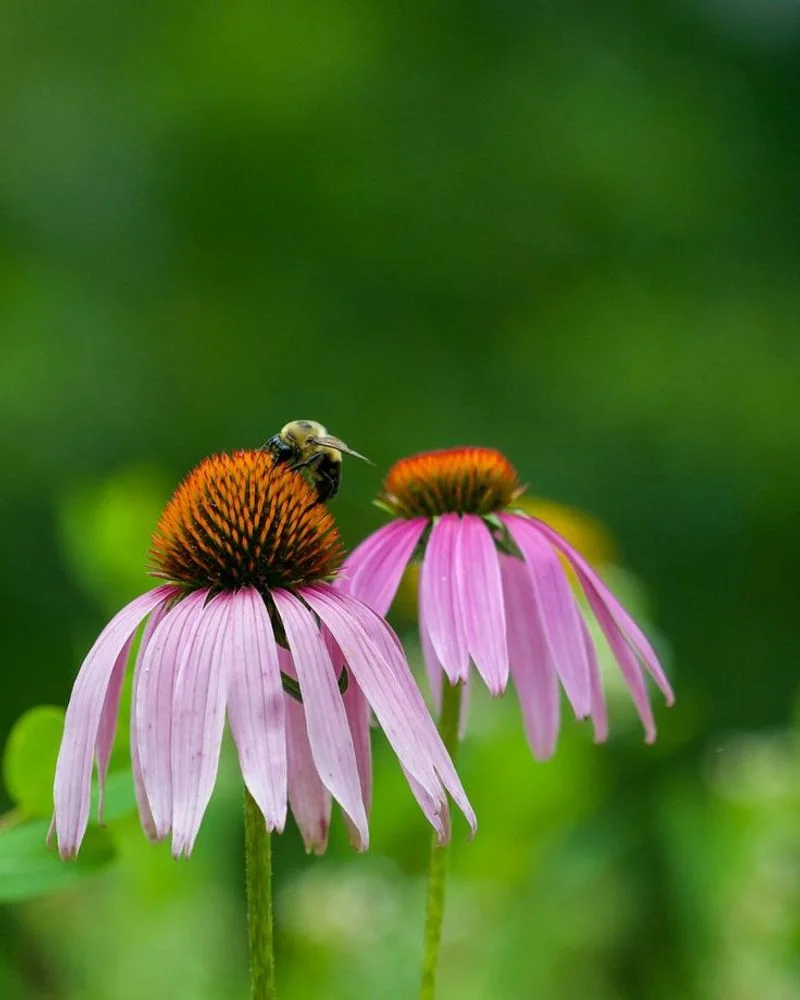
Coneflowers, or Echinacea, are the workhorses of the perennial border. Known for their daisy-like blooms and raised centers, they thrive in full sun and are drought-tolerant once established. Available in shades of purple, pink, and even white, they add a bold splash of color. Beyond their beauty, coneflowers are known for their medicinal properties, often used in teas and supplements. Their long blooming season and ability to attract pollinators make them a must-have for any perennial garden.
Hydrangea
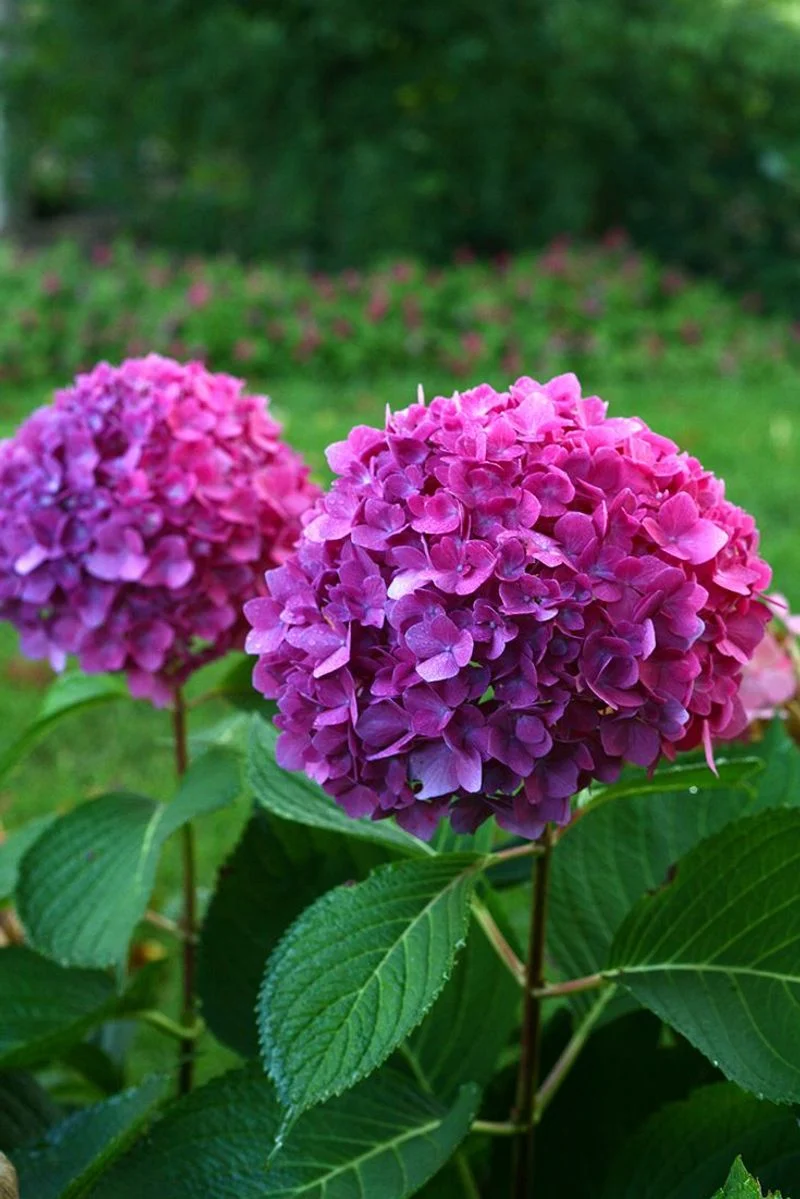
Hydrangeas are a gardener’s delight with their large, showy blooms. These perennials thrive in rich, well-drained soil and can tolerate both sun and partial shade. The color of their flowers can change based on soil pH, offering unique gardening experimentation. They require regular watering but reward with blooms that last from summer into fall. Often associated with gratitude and understanding, hydrangeas are perfect for creating stunning floral arrangements or as a focal point in the garden.
Iris
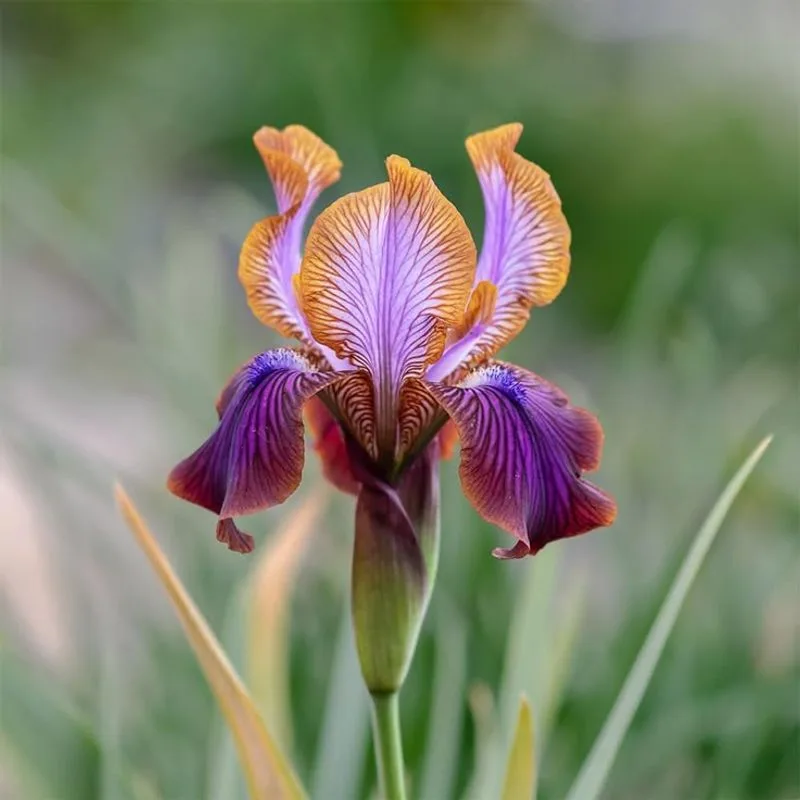
The iris is a symbol of wisdom and valor. With its sword-like foliage and intricate blooms, it adds texture and height to any garden. These perennials prefer sunny spots and well-drained soil. Irises are versatile and can be planted in borders or along water features. Their rhizomes multiply over time, ensuring a return each spring. The diverse colors and patterns make them a favorite among gardeners and florists alike. They are often used in perfumes, adding a fragrant touch to their beauty.
Sedum
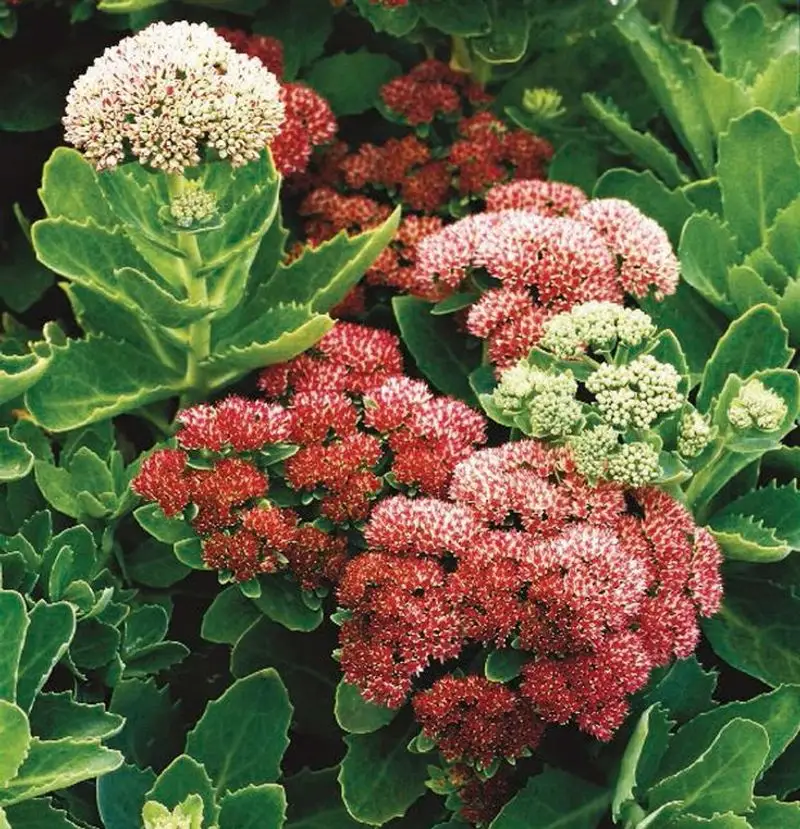
Sedums are the champions of dry gardens. These succulents boast fleshy leaves and clusters of star-shaped flowers, flourishing in poor soil and full sun. They are ideal for rock gardens, green roofs, and borders. As low-maintenance perennials, they require minimal care and are drought-tolerant. In autumn, their foliage often turns a deep red, providing seasonal interest. Sedums attract pollinators and can also be used in floral arrangements, making them both practical and ornamental.
Lilac
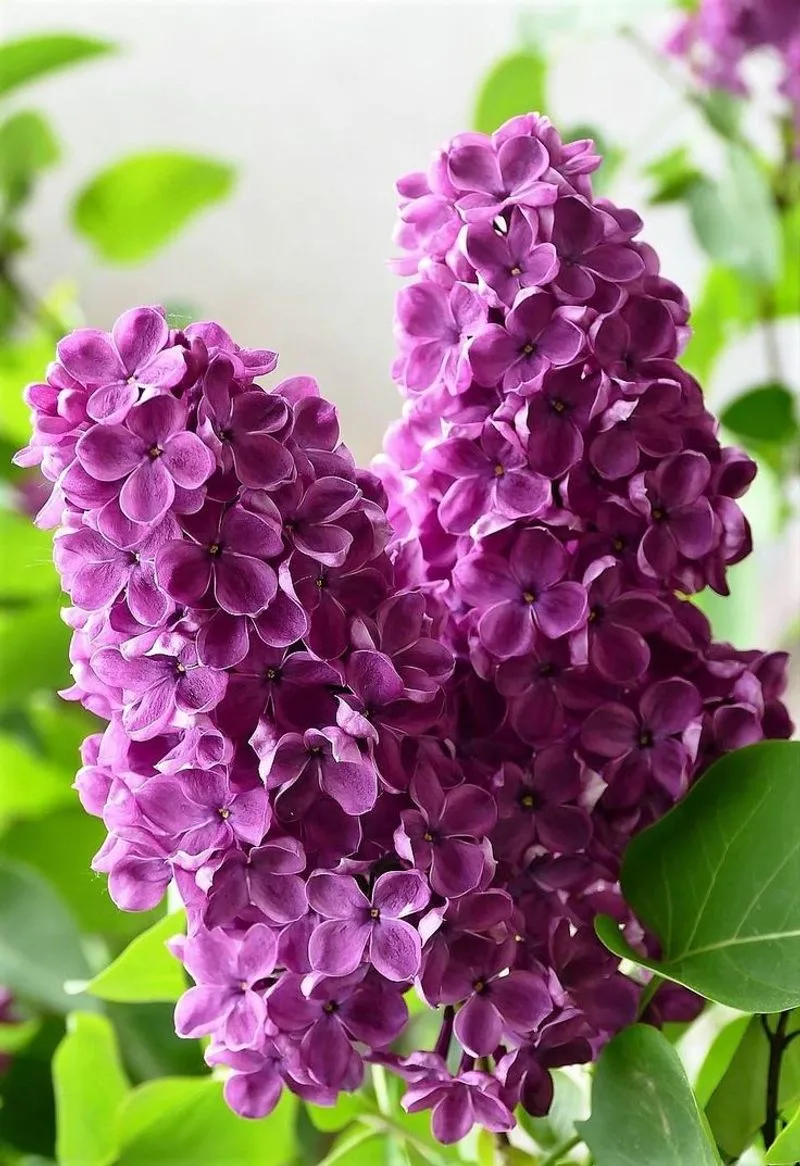
Lilacs are synonymous with springtime. Known for their intoxicating fragrance and beautiful clusters of flowers, they thrive in well-drained soil and full sun. These perennials can be grown as shrubs or small trees, providing structure to garden spaces. Lilacs require regular pruning to maintain their shape and encourage blooms. Their flowers, in shades of purple, pink, and white, are beloved by pollinators and make delightful cut flowers. A symbol of renewal, lilacs add elegance to any garden.
Marigold
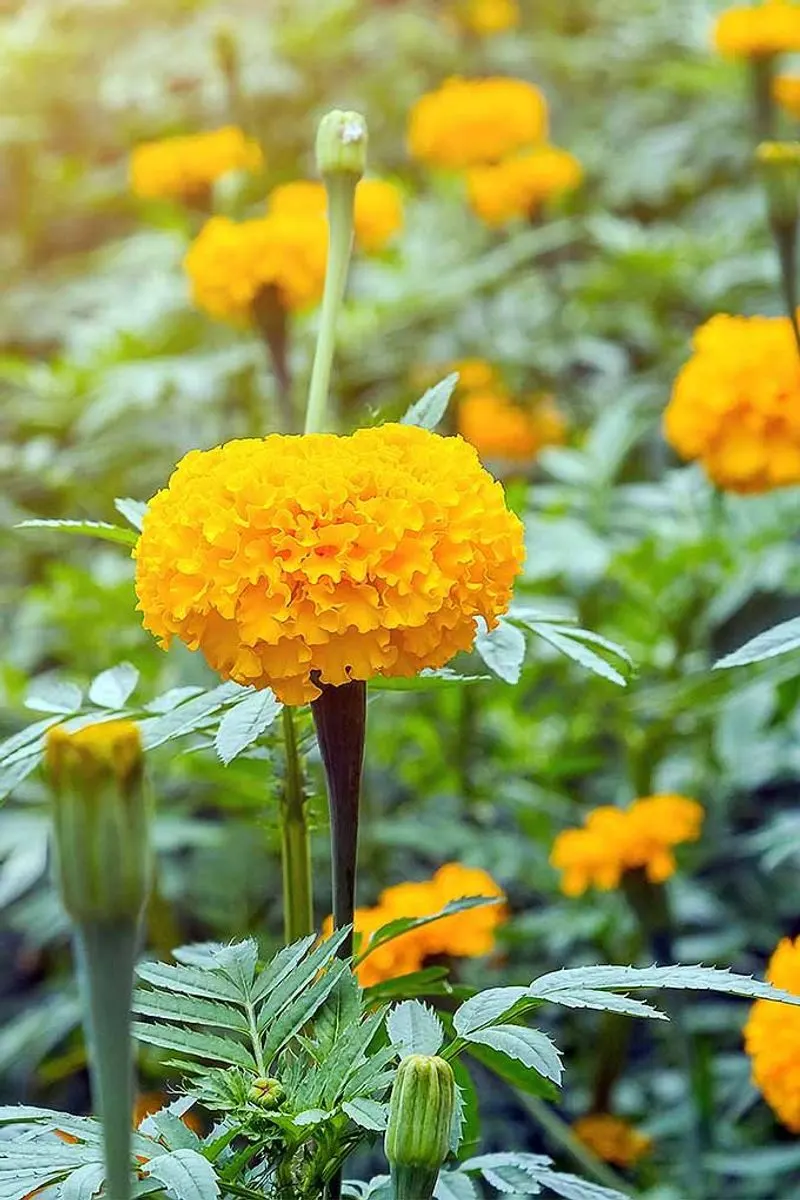
Marigolds bring a burst of sunshine to any garden with their bright flowers. Easy to grow, they thrive in full sun and can tolerate poor soil, making them a favorite among gardeners. Although they are annuals, their seeds can be collected and replanted, ensuring they return each year. Marigolds are known for repelling pests, acting as natural protectors in vegetable gardens. Their bold colors and ability to bloom throughout the season make them a cheerful addition to garden borders and pots.
Petunia
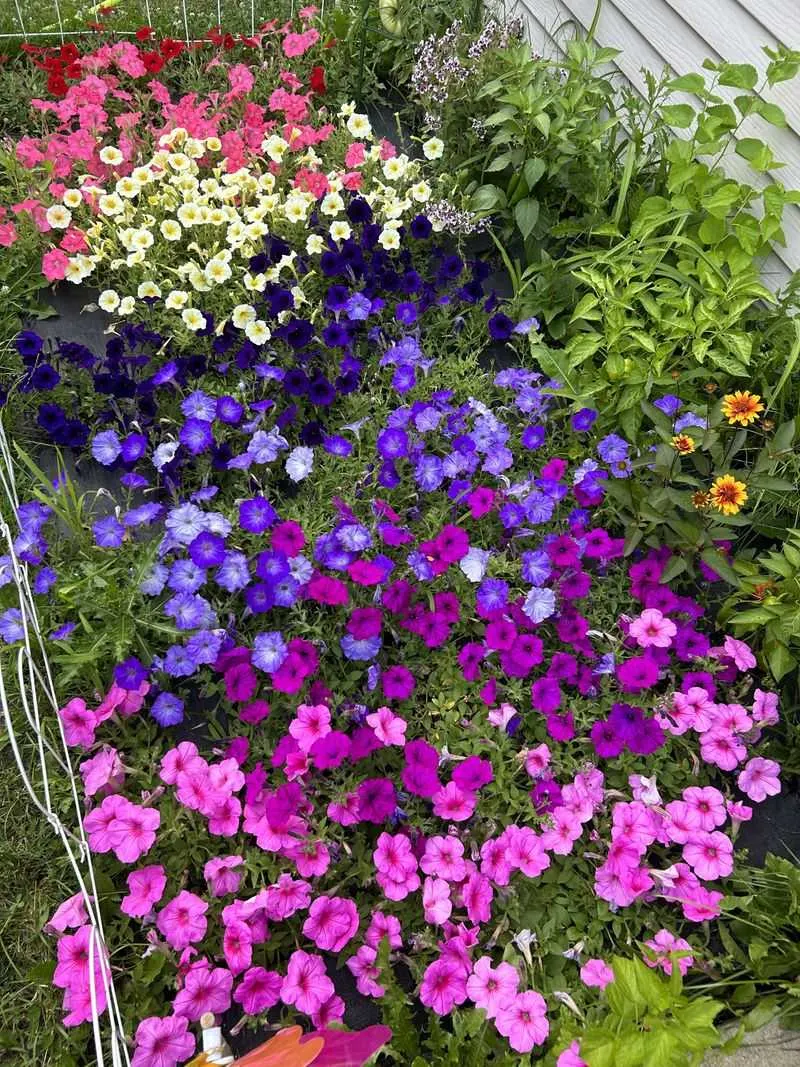
Petunias are the stars of summer gardens. These annuals are loved for their wide range of colors and ability to bloom profusely. They prefer sun-drenched locations and well-drained soil. Petunias can be planted in garden beds, containers, or hanging baskets, offering versatility in design. These flowers require regular deadheading to promote continuous blooming. Their cascading growth habit adds a soft touch to garden edges and balconies. Despite being annuals, they offer an explosion of color that can enhance any garden setting.
Impatiens

Impatiens light up the shade with their colorful blooms. These annuals are ideal for areas that receive indirect sunlight and thrive in well-drained, moist soil. Available in a spectrum of colors, from reds to whites, they can brighten up the darkest corners of a garden. Impatiens require regular watering and benefit from a slow-release fertilizer. Though they need replanting each year, their ability to provide a lush display of flowers makes them a popular choice for containers and garden beds alike.
Zinnia
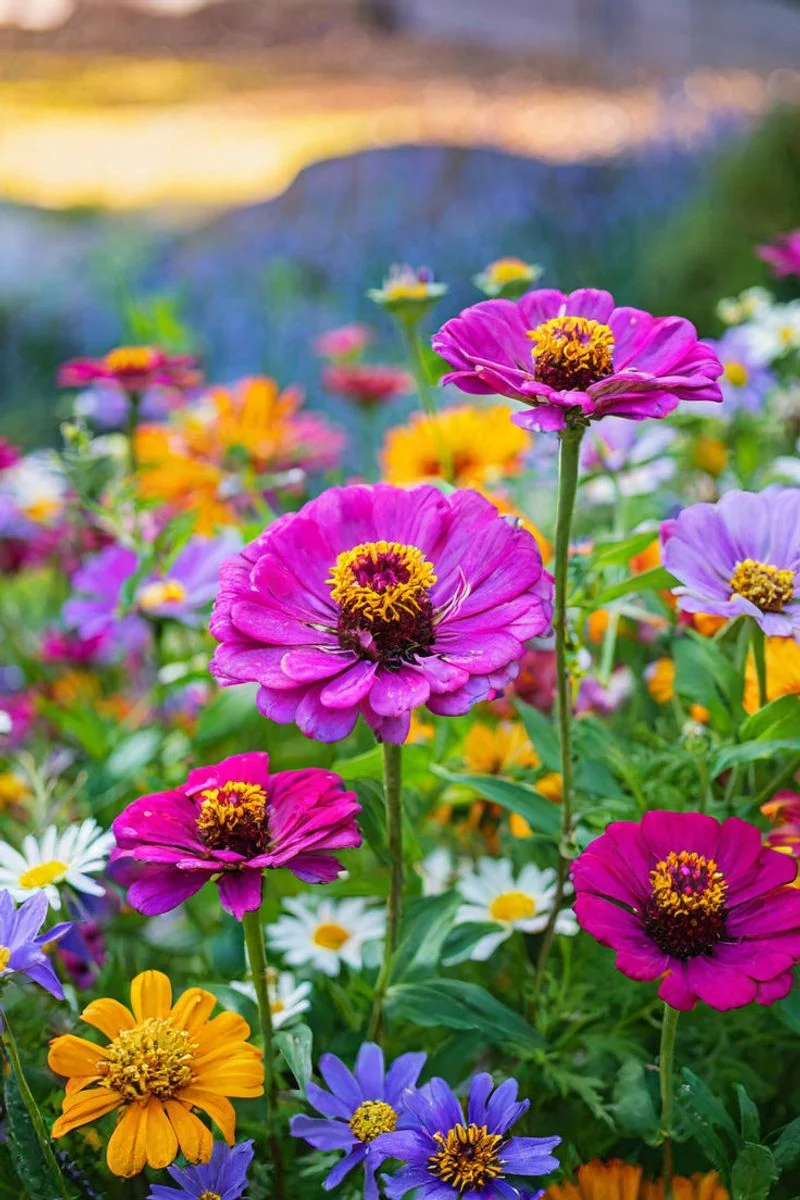
Zinnias are the epitome of summer joy. These annuals are easy to grow and offer a kaleidoscope of colors, from warm reds to cool purples. They thrive in sunny spots with well-drained soil and are loved for their long-lasting blooms. Zinnias are excellent for cutting gardens, attracting butterflies and hummingbirds with their vibrant displays. Though they require replanting each year, their rapid growth and continuous flowering make them worth the effort. Their cheerful nature adds a playful touch to any garden setting.
Cosmos

Cosmos are the carefree spirits of the garden. These annuals are known for their airy, delicate blooms that dance above feathery foliage. They thrive in full sun and are tolerant of poor soil, requiring little maintenance. Cosmos can be direct-seeded into the garden, making them an easy choice for gardeners of all levels. Their daisy-like flowers attract bees and butterflies, adding life to any garden space. Though they don’t return yearly, their ability to self-seed offers a promise of future blooms.

